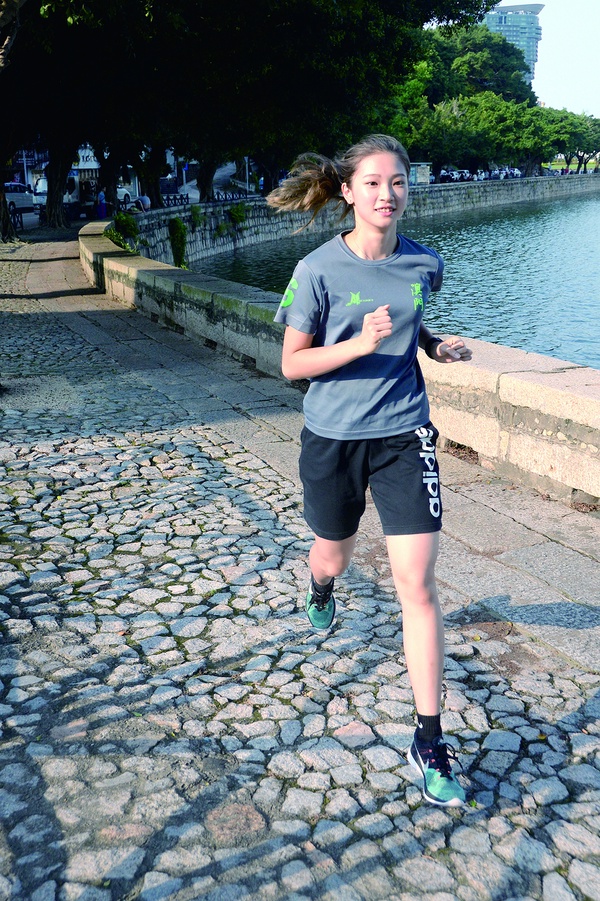Marathon, a long-lasting sport, was listed as an official event early in the first Olympic Games. In recent years, marathon races have mushroomed and welcomed all-time high number of participants. In addition to professional players and good marathon runners, participants in the races include a number of people who do not have running habit. However, as marathon causes injury easier compared with other endurance sports such as walking and stair climbing, how can we run for health and avoid injury?
Compared to those that are new and unprepared to the races, marathon runners who have exercised for years have a better understanding of their own situation, lower chance of getting sudden serious injuries, and yet, higher probability of chronic injury. Sports injuries caused by marathon include common problems like heat stroke, dehydration and rhabdomyolysis, and partial body problems like cramps, ankle swelling and leg injuries at bones, muscles, tendons and joints.
Beginning marathon runners are most inclined to heat stroke, dehydration and cramps. When running a marathon, water and electrolytes inside body are continually consumed and need to be replenished even before you feel thirsty. Drinking electrolyte beverage may not be sufficient to give the body back all it loses, and thus salt should be supplemented as appropriate. Severe heat stroke and dehydration can lead to shock and sudden death. Due to lack of support of strong muscles, people without long-term exercising habit are more inclined to visceral and knee joint damage and other types of discomfort after a few hours of frequent shocks, which may lead to brown urine and even kidney damage brought on by rhabdomyolysis.
For long-term marathon runners, the most common injuries are chronic. As their bones suffer from minor breakage caused by lengthy and repetitive pressure, stress fractures may occur at the lower leg, buttock, or foot. Common damages at foot induced by running include Achilles tendinitis and plantar fasciitis. Achilles tendinitis will cause Achilles's tendon pain at the rear of the ankle, and plantar fasciitis will mainly cause sole pain or pain within the heel area.
When beginning marathon runners decide to start the training, the best way is to find a long-distance running coach and create a tailor-made training program that suits their own fitness, or even invite friends with marathon experiences to lead the way for them. That would be safer than training alone. In addition, the training program should include a daily training volume equal to at least one-third of the total distance in the race and last for at least 12 weeks. At the beginning, it is best to jog, and then increase the running time and distance gradually. Meanwhile, runners can enhance physical fitness through "alternating training", i.e. running on odd dates and practice stamina, such as swimming, running in water, long-distance cycling and weight equipment lifting, on even dates, the main purpose of which is to sooth and rest the main running muscles to avoid fatigue, reduce injury risk, and strengthen the coordinative muscles for running at the same time.
Two weeks before the game, runners can take more high-sugar and high-protein diet appropriately in order to store more body glycogen and reduce lactic acid accumulation during the game. During the game, runners should run at steady speed instead of high speed to avoid subsequent fatigue and injuries. Running shoes should be comfortable and have supporting function, and old shoes are better than new ones.
As long as a runner pays attention to running safety, create his/her own training plan and be perseverant, s/he can achieve a good result.



